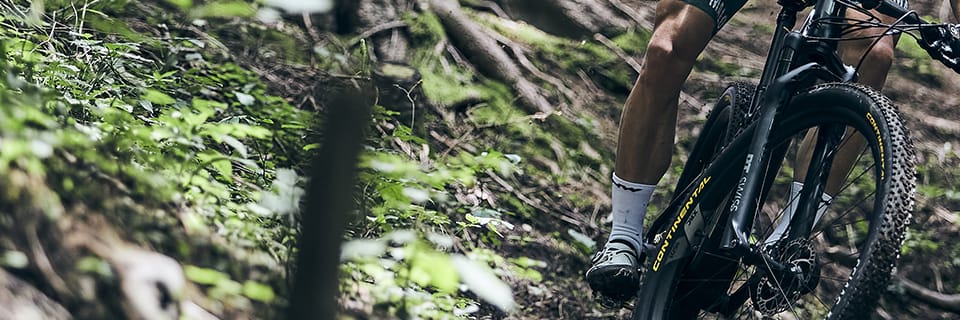Tested and adopted by the vast majority of riders in the Cross-Country and DH World Cups, but also in the Enduro World Series, the MTB anti-friction foams are winning over more and more riders in all fields. Their role is not only to guarantee good grip, but also to ensure your comfort, as well as protecting the rim wheel rim and tireIt may seem like a simple choice, but there are a few subtleties you need to be aware of to find the right product for you. Here are a few tips on the subject!
Standard tires
- Tire sizes: 26", 26+", 27.5", 27.5+", 29" and 29+".
- Tire widths: 1.9 to 2.2; 2.2 to 2.5; 2.5 to 2.7 and 2.7 to 4.0.
- Anti-pinch foam types: round, triangular or rectangular
WHAT IS ANTI-PINCH FOAM? AND WHY USE IT?
An anti-finger-pinch system is a circular strip of plastic high-density foam foam that is placed inside the tire. It significantly reduces the risk of dislodging, minimizes rim damage in the event of impact and reduces the number of tyres on the road. pinches and punctures by compressing the tire sidewalls at both front and rear.
In addition to allowing you to finish your ride flat without dismounting, provided you take the risk of increasing the tire's wear rate, these devices also make it possible to significantly reduce pressure (0.1 to 0.2 bar) to improve grip and comfort.However, when used Tubeless Ready, these products tend to absorb part of the preventive fluid and add weight to the overall package, which can have a detrimental effect on the bike's overall performance. In some cases, a specific Tubeless valve may be required.
It's important to remember that anti-puncture foam is not a miracle product. In fact, as the name suggests, foam adds protection against pinching on angular rocks and rim deformation in the event of heavy impacts. The use of mountain bike tires with lighter, thinner casings to compensate for excess weight is also to be avoided.
TIRE SIZE AND WIDTH
The size of an anti-friction foam tire is made up of two numbers: the first value corresponds to the tire diameter and the second is a range of use, depending on the tyre's tire width.
For example, a 27.5" x 2.25 / 2.50 anti-pinch foam is designed for a 27.5" diameter MTB tire with a width of between 2.25" and 2.50" (or 57 mm to 63 mm in ETRTO standard).
Bicycle manufacturers have developed a range of very different models to meet the needs of different mountain biking practices.
FOAM TYPES
Round profiles :
Round-shaped foams such as VITTORIA Air Line or MRWOLF Bangerare perfectly wrapped around the inside of the tires. This adds extra protection against thorns, protruding stones, nails and other debris found on mountain bike trails. They're perfect for All-Mountain, Trail and Cross-Country mountain bikers looking for a product that increases pinch resistance.Triangular profiles:
Triangular-shaped foams, such as the CUSHCORE or PANZER Evofill the gap between the rim and the inside of the tire. Their purpose is to protect the rim from impact and hold the tire in place, preventing it from flying off the rim during hard cornering. This type of protection is clearly intended for use on Gravity (Enduro, DH) but also for mountain bikers who regularly ride on very rough mountain bike trails.Rectangular profiles :
Rectangular-shaped foams, such as HUCK NORRIS or SLICY Smoothfeature the same principle as the triangular design, but without the rim insert. It sits in the center of the tire, allowing air to circulate above and below the anti-pinch protection. These models are ideal for hard-core riding, such as Enduro and All-Mountain, as well as for VAE s, as they protect the rim and reduce the risk of pinching.
CONCLUSION
If you're a regular pinch-hit rider and you tend to damage your front or rear rims quickly, it means you're riding on trails that require extra protection for your pair of wheels. In this case, using this product is useful and justified for your bike.
The choice of anti-pinch inserts will depend on a number of factors (budget, ease of installation, terrain and type of use, as well as compatibility with tire size and width). Densities and weights vary according to type, so it's important to take these criteria into account when making your decision.
Competitors and other demanding mountain bikers will opt for a bulky, high-performance system, but at a higher price and difficult to install on the wheels; while occasional riders, on leisure or discovery and progression bikes, will choose a less expensive, lighter and easier-to-install set-up.
Découvrez tous nos conseils & Tutoriels
MTB - Anti-Pinch Foams
-
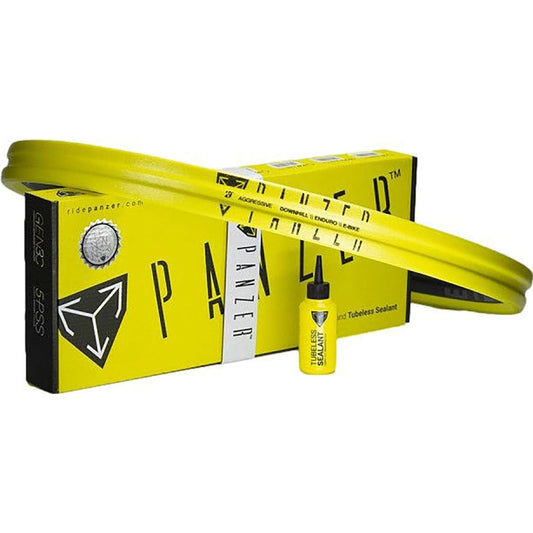
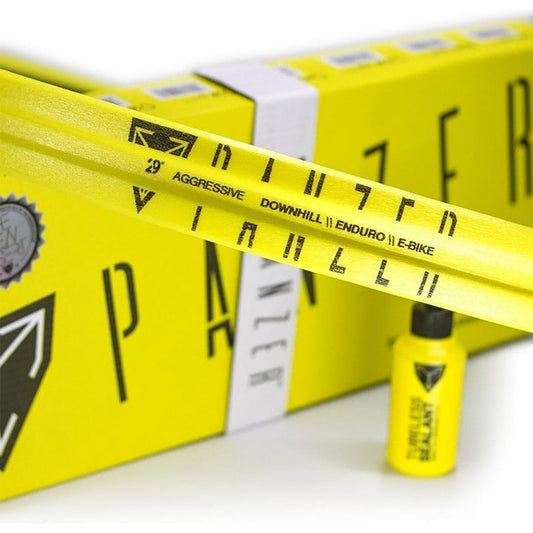
Anti Pinch Foam PANZER ENDURO GEN3C 29" 2.3"-2.6" / 25-30 mm
Regular price 42,99 €Regular priceUnit price per -
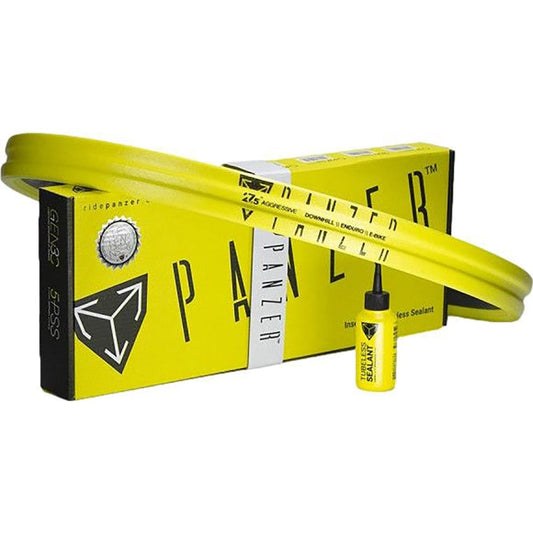
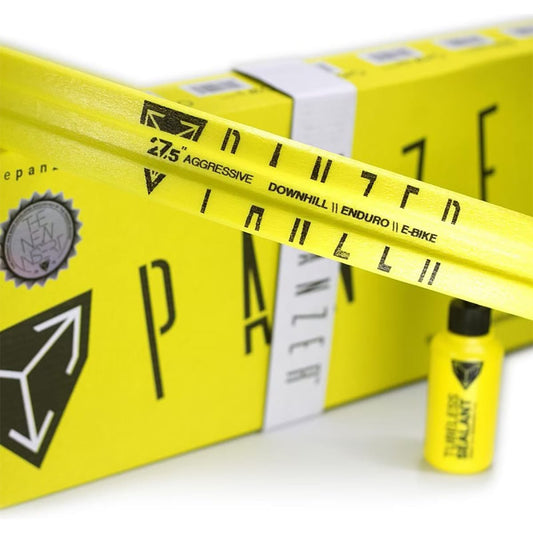
PANZER ENDURO GEN3C Anti Pinch Foam 27.5" 2.3"-2.6" / 25-30 mm
Regular price 42,99 €Regular priceUnit price per -
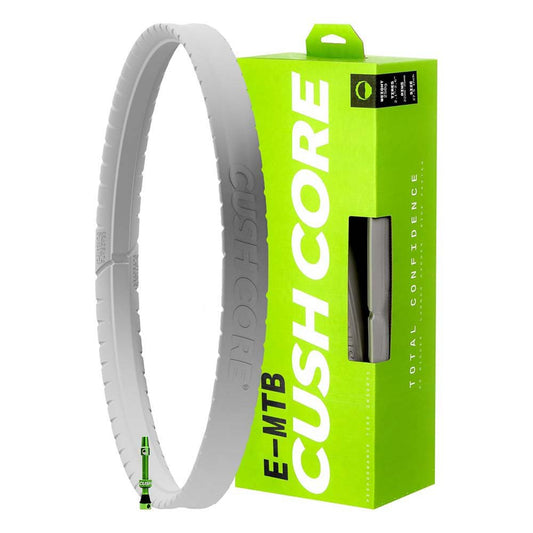
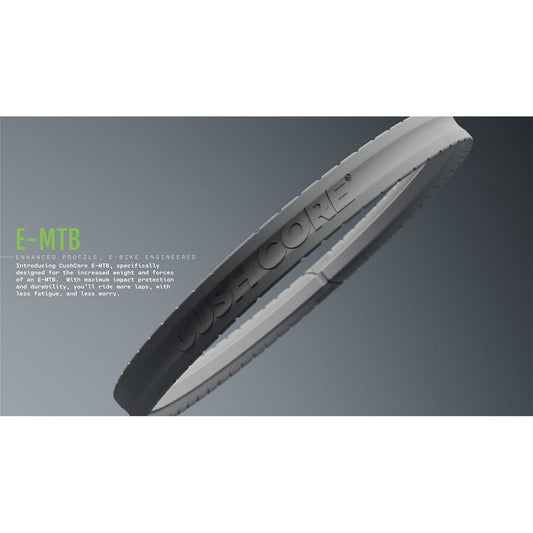
CUSHCORE E-MTB Anti-Pinch Foam
Regular price 69,99 €Regular priceUnit price per -
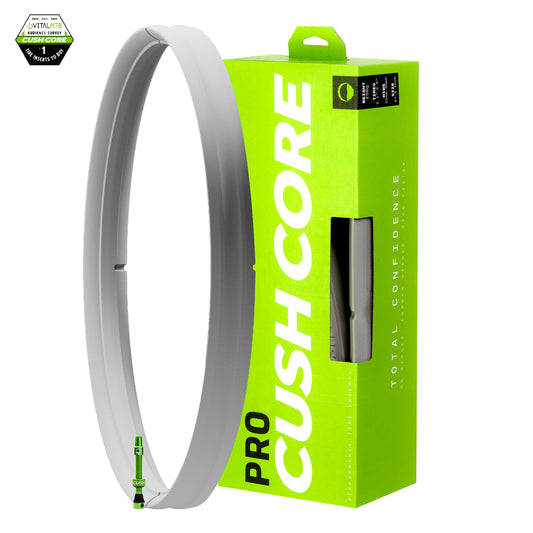
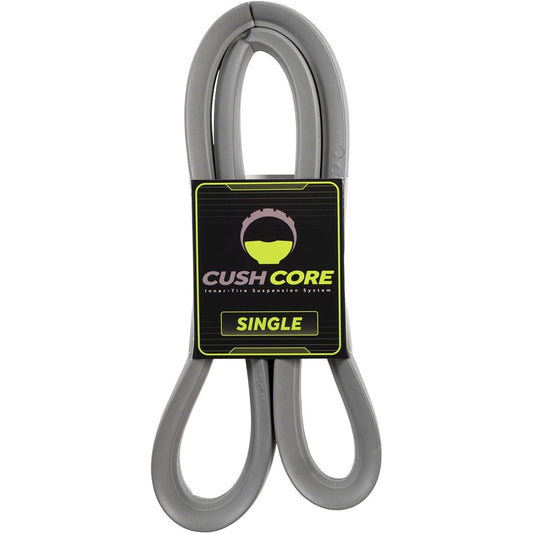
CUSHCORE PRO Anti-Pinch Foam
Regular price From 69,99 €Regular priceUnit price per -
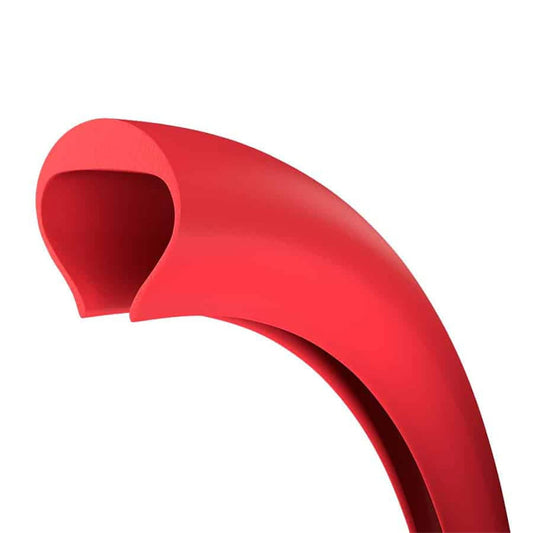
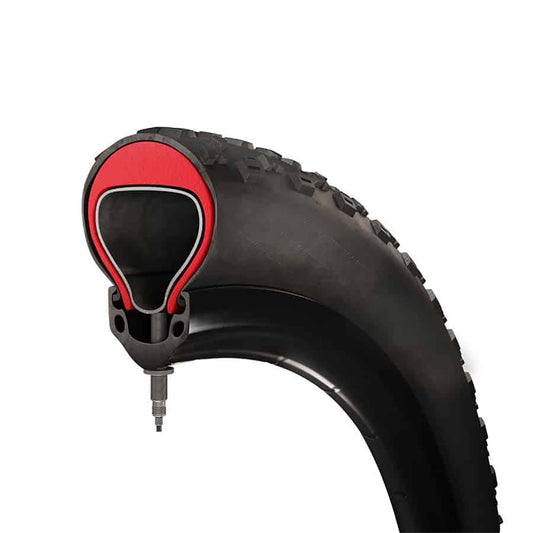
Anti Pinch Foam for TANNUS ARMOUR Inner Tube 29x1.95-2.50
Regular price 39,99 €Regular priceUnit price per -
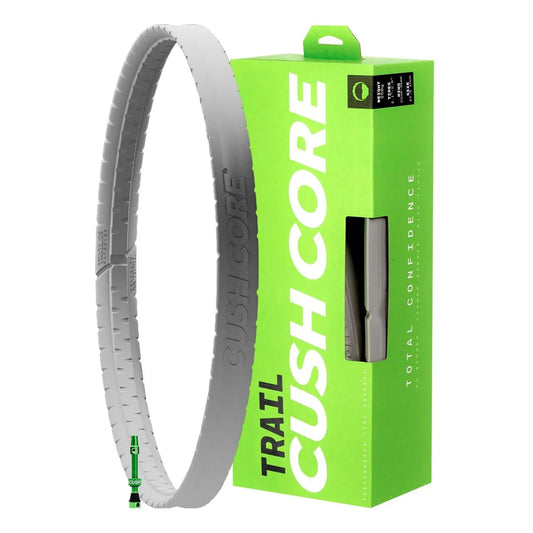
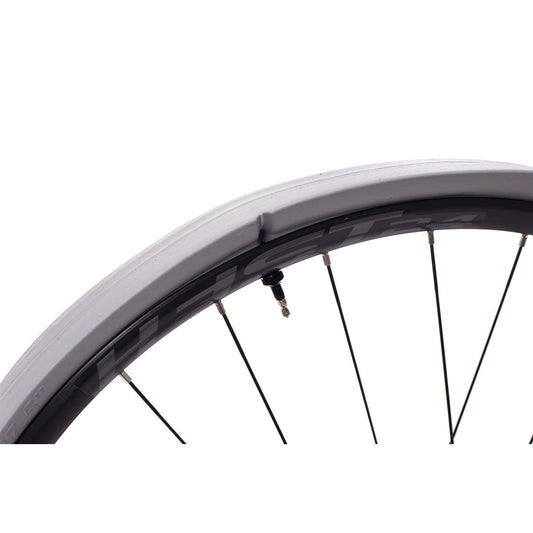
CUSHCORE TRAIL Anti-Pinch Foam
Regular price 69,99 €Regular priceUnit price per -
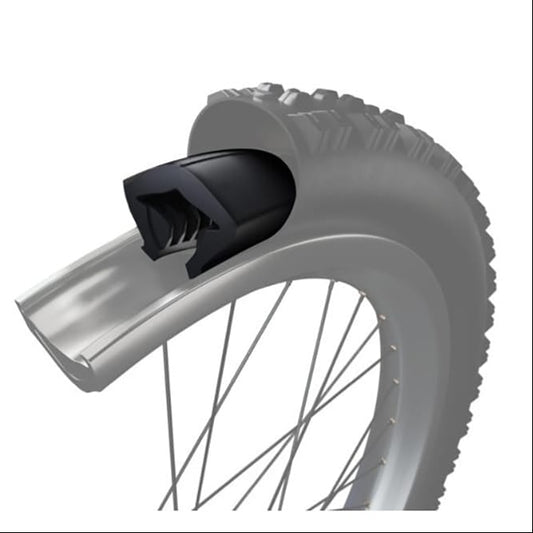
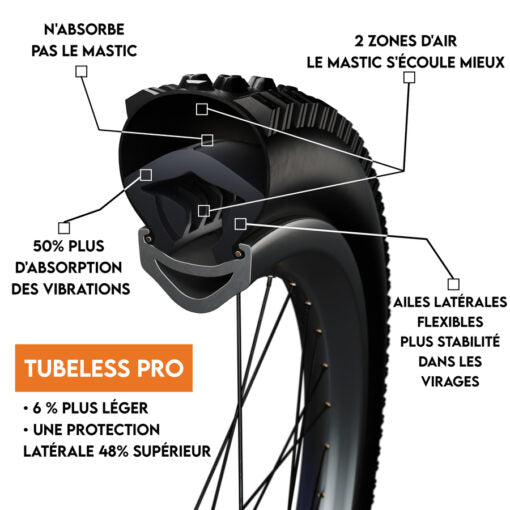
Tubeless Anti-Squeeze Foam TANNUS PRO 29x2.10-2.60
Regular price 44,99 €Regular priceUnit price per -
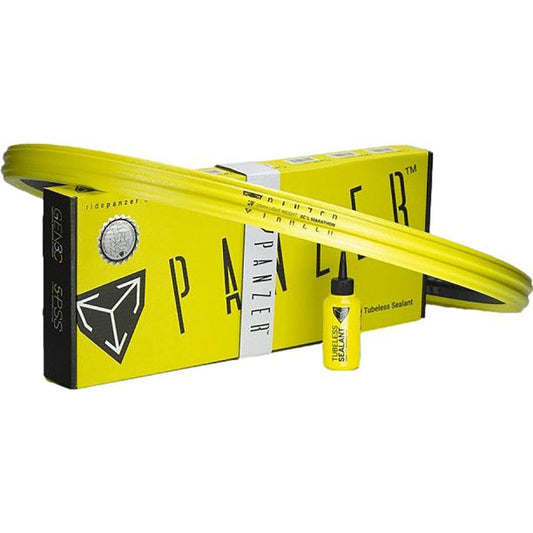
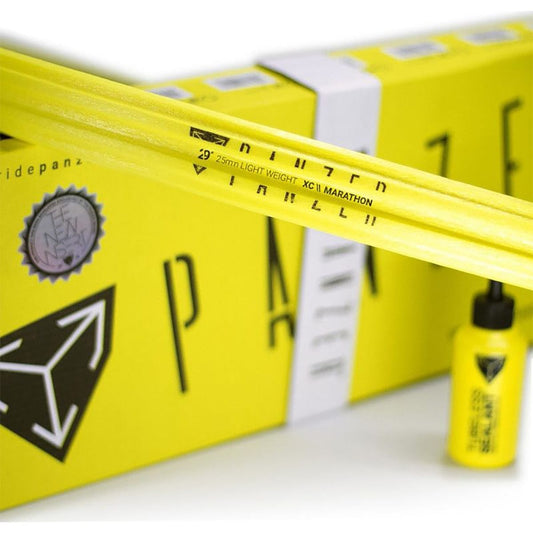
Anti Pinch Foam PANZER XC GEN3C 29" 2.1"-2.4" / 25 mm
Regular price 42,99 €Regular priceUnit price per
